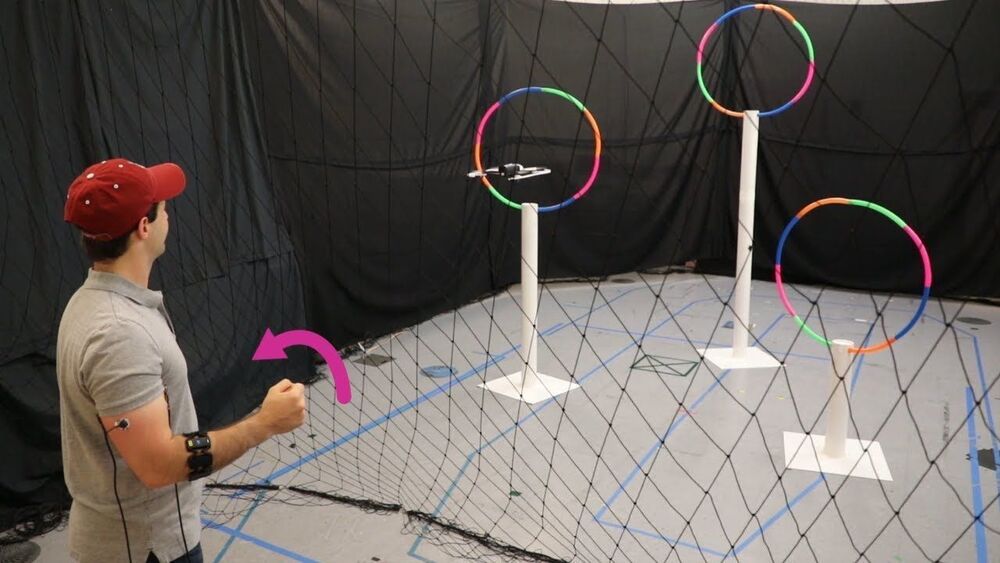Military Multifunctional Folding Shovel 😍😱
Buy via Amazon :
Like.
Military Multifunctional Folding Shovel 😍😱
Buy via Amazon :
Like.

Sir David Attenborough confronts viewers with some of the most shocking images of his 66-year BBC career as he outlines how animals are facing mass extinction because of humans.
Upsetting scenes in his new series A Perfect Planet, on TV in Britain now and airing on Channel 9 later this year, show a parched and psychologically damaged baby elephant – its adult relatives killed by extreme droughts – cry out as rescuers squirt water into its mouth.
Continue reading “David Attenborough’s grim extinction warning” »

A video uploaded by the CSAIL team shows off the system. The drone pilot is able to maneuver a small drone through a series of rings easily just by twisting, raising, and lowering his forearm thanks to a device strapped around his arm.
The goal is to make controlling the drone — and potentially other pieces of technology — as natural as possible by harnessing human intuition.
Continue reading “This System Lets You Fly a Drone With Arm Gestures” »
O,.o Circa 2018
Light might have no mass, but it can still push things around. This is known as radiation pressure. Light particles (photons) carry a momentum with them, but how this momentum is transferred is not exactly clear. However, new research has come up with a way to actually study these interactions between light and matter.
An international team constructed a very special experiment to study the momentum of light. Photons carry a tiny momentum and their effect can only be studied cumulatively. Still, there were no devices sensitive enough to measure the effect. This is why it has been so difficult to study how radiation pressure is converted into force or movement.
Continue reading “New Experiment Reveals How Light Can Push Things Around” »
Circa 2008
Using superconducting nanowires and lasers, a new camera system can produce high-resolution 3D images of objects from up to a kilometer away.
In recent years, researchers have been trying to develop new types of highly performing electronic devices. As silicon-based devices are approaching their maximum performance, they have recently started exploring the potential of fabricating electronics using alternative superconductors.
Two-dimensional (2-D) semiconductors, such as graphene or tungsten diselenide (WSe2), are particularly promising for the development of electronics. Unfortunately, however, controlling the electronic properties of these materials can be very challenging, due to the limited amount of space within their lattices to incorporate impurity dopants (a process that is critical for controlling the carrier type and electronic properties of semiconductor materials).
Researchers at University of California, Los Angeles, have recently devised an approach that could enable the development of programmable devices made of 2-D semiconductors. This approach, presented in a paper published in Nature Electronics, leverages a superionic phase transition in silver iodide to tailor the carrier type within devices made of WSe2 via a process called switchable ionic doping.
Researchers at the University of Colorado Boulder are developing a wearable electronic device that’s “really wearable”—a stretchy and fully-recyclable circuit board that’s inspired by, and sticks onto, human skin.
The team, led by Jianliang Xiao and Wei Zhang, describes its new “electronic skin” in a paper published today in the journal Science Advances. The device can heal itself, much like real skin. It also reliably performs a range of sensory tasks, from measuring the body temperature of users to tracking their daily step counts.
And it’s reconfigurable, meaning that the device can be shaped to fit anywhere on your body.
